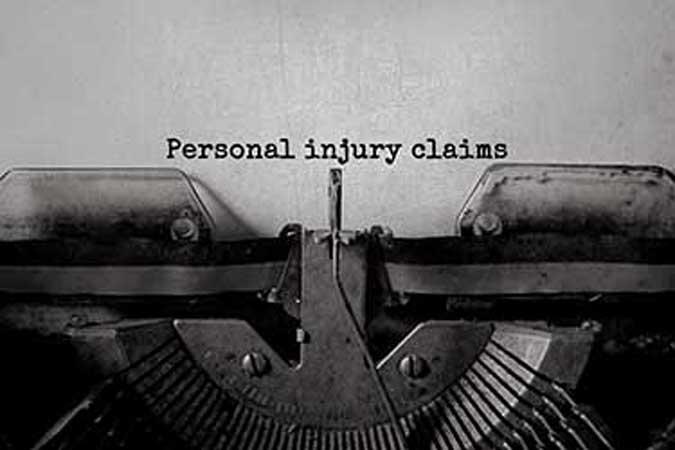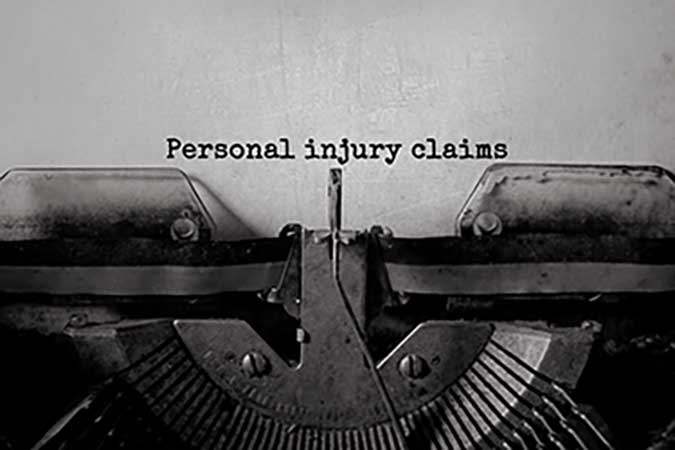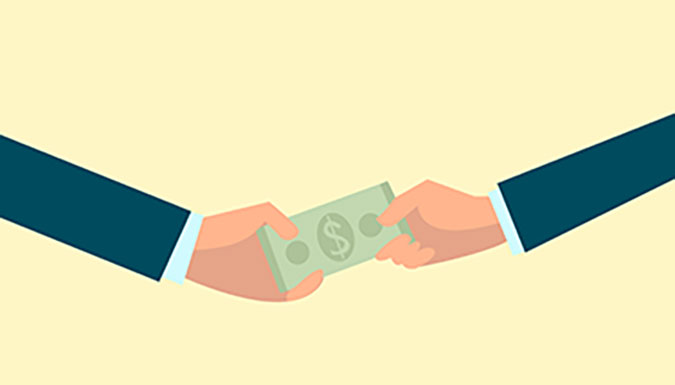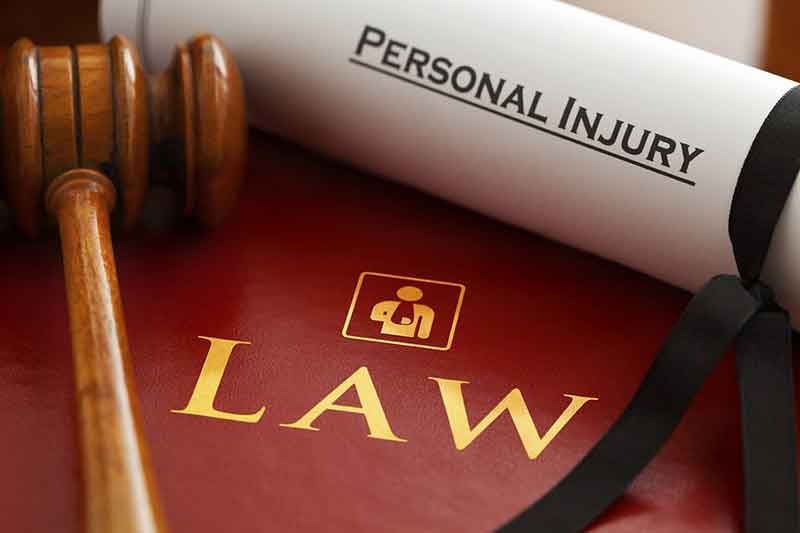 Personal Injury
Personal Injury
8 Questions to Ask a Personal Injury Lawyer During Your Consultation
Oct 5, 2018 | Read Time: 3 minutesThere are thousands of lawyers in California, and finding the right one for your case can take a little bit of legwork. Instead of just picking a name out of the phone book, you should obtain referrals and look at the lawyer’s website. The best lawyers should have websites free of grammatical errors and full of informative content. Helpfully, most attorneys offer a free consultation where you can meet and ask any personal injury questions that you want. At the Beliz Law Firm, we recommend that you ask the following questions to get a feel for whether a lawyer is right for you. Ⅰ. “How Much of Your Practice is Devoted to Personal Injury?” This is one of the most important questions to ask a personal injury lawyer. You want someone who has experience handling your type of case, not someone who dedicates their entire practice to divorce or probate matters. Though a lawyer does not need to practice 100% in the personal injury field, they should dedicate a large percentage of their practice to it. Ⅱ. “Have You Handled a Case Like Mine?” Personal injury is a large field. It encompasses car accidents, truck accidents, slip and falls, dog bites, and medical malpractice. If you were injured while riding a bicycle, you want to know how many cases the lawyer has handled involving bicycle accidents. All lawyers are capable of getting up to speed on the law. But by hiring someone experienced with cases like yours, you will get more efficient representation. Ⅲ. “What Do You Charge for Fees?” Of all the questions to ask a personal injury lawyer, questions about fees make people uncomfortable. There is no reason to feel that way. You should know up front how the lawyer charges for his or her services. Nearly every personal injury lawyer in California represents injured victims on contingency. This means that the lawyer does not require fees upfront, and they do not bill you every month. Instead, the lawyer only receives fees if you win your case. In that situation, you pay a percentage of your settlement or jury verdict to your lawyer, usually 33-40%. Lawsuits also involve many expenses, for things like copy, filing fees, transcription fees, and costs associated with expert witnesses. Lawyers differ on how they charge these fees, so ask for this information ahead of time. A lawyer should provide all fee information in writing. Ⅳ. “How Much are My Injuries Worth?” A key aspect of every case is valuing a client’s injuries. Clients can receive compensation for: Medical care Lost wages Property damage Pain and suffering At the consultation stage, a lawyer might not have all the information necessary to give you a number. But the lawyer can talk about her experience and how much other people with similar injuries have received. Ⅴ. “What is the Likely Outcome for My Case?” No lawyer can promise a result. However, a lawyer can use her experience to estimate your chances of success. Listen closely to how clearly the lawyer describes the legal issues. If the lawyer talks over your head, then it might be hard to work with this person. The lawyer might also point out what evidence you need to strengthen your case. Pay attention to whether the lawyer sounds honest and believable. Anyone who tells you your case is a “slam dunk” probably is not credible. Ⅵ. “How Many Cases Have You Taken to Trial?” The vast majority of lawsuits settle before going to trial. Nevertheless, sometimes trial is unavoidable. You should find out how many trials a lawyer has handled. If you end up in front of a jury, you don’t want someone completely inexperienced. Ⅶ. “Who Will Work on My Case?” Many lawyers employ all kinds of assistants—document clerks, paralegals, case managers, etc. A lawyer might also have junior attorneys who work under him. Find out exactly who will be working on your case. Ⅷ. “How do You Like to Communicate? Phone? Email? In Person?” Of all the questions to ask your personal injury lawyer, this is the most important. Many attorney-client relationships break down because of unclear expectations surrounding communication. You need to know upfront how often your attorney communicates and his preferred method. Some lawyers might send you an email or letter once a month. Others might pick up the phone and provide weekly updates, while others might only call when they receive an offer to settle. Also, you need to know how much time a lawyer takes to return calls. 48 hours? A week? And ask who you will speak to. Some lawyers are so busy you will only talk with a case assistant. Contact a California Personal Injury Lawyer Today At the Beliz Law Firm, we practice personal injury law. Our experienced attorneys have negotiated with some of the state’s most powerful insurance companies, and we know how to win. To talk with a member of our team, please
Continue Reading







